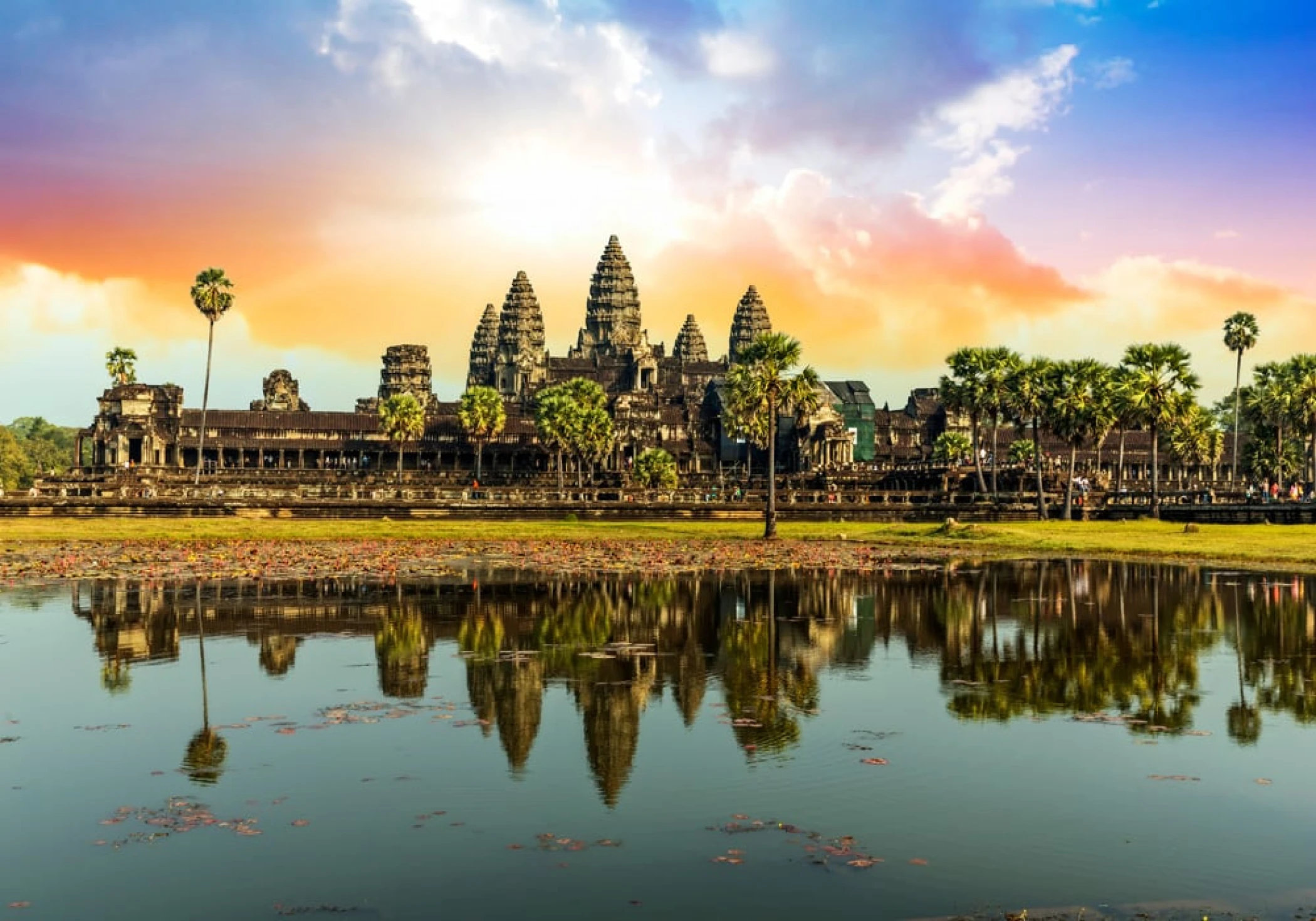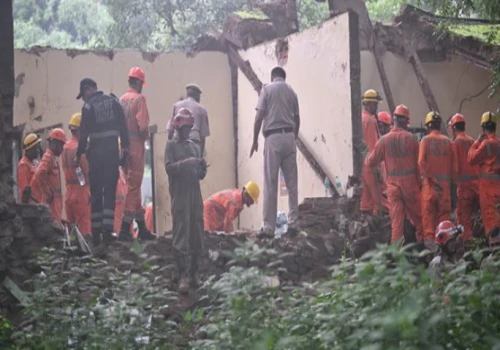
The ancient temple complex known as Angkor Wat, which is situated in the center of Cambodia, has surpassed Pompeii of Italy to become the eighth wonder of the world. In addition to being the biggest religious building in the world, this UNESCO World Heritage Site is an example of brilliant architecture and significant cultural value. The accomplishment is far more significant than the large number of tourists that Pompeii receives each year.
In case you are unaware, the unofficial moniker "Eighth Wonder of the World" is bestowed upon novel structures, undertakings, or conceptualizations, among other things. When King Suryavarman II constructed Angkor Wat in the twelfth century, it was initially erected in honor of the Hindu god Vishnu. Over time, though, it changed into a Buddhist temple. The elaborate carvings that decorate the temple walls, which portray scenes from Buddhist and Hindu mythology, clearly show how Hinduism gave way to Buddhism.
About Angkor Wat Temple
Situated on a 162.6-hectare plot of land in Cambodia is the temple complex known as Angkor Wat. It is regarded as the largest religious building in the world by Guinness World Records. Built by King Suryavarman II in the 12th century as a Hindu temple[1] honoring the god Vishnu for the Khmer Empire, it was progressively converted to a Buddhist temple by the end of the century; for this reason, it is also called a "Hindu-Buddhist" temple.
Early in the 12th century, in Yaſodharapura, the capital of the Khmer Empire, Angkor Wat was constructed as the state temple and eventually the mausoleum of Khmer King Suryavarman II. The temple-mountain and the later galleried temple are the two fundamental Khmer temple architectural designs combined at Angkor Wat.
It is intended to resemble Mount Meru, the devas' dwelling place in Hindu mythology. Three rectangular galleries, each elevated above the other, are situated within a moat that is more than five kilometers (3 mi) long[6] and an outer wall that is 3.6 kilometers (2.2 mi) long. A quincunx of towers is located in the middle of the temple. The significance of Angkor Wat's orientation towards the west, in contrast to most other Angkorian temples, is a topic of debate among scholars.
History
The history of Angkor Wat, a Hindu temple turned Buddhist sanctuary, dates back to the 12th century. The elaborate carvings on the temple walls portray scenes from Buddhist and Hindu mythology, offering a visual tour of the area's religious and historical development.
Under King Suryavarman II's rule, Angkor Wat was built over a 28-year period, from 1122 to 1150 CE. It was Divākarapaṇḍita (1040–c. 1120), a brahmin, who persuaded Suryavarman II to build the temple. Hinduism served as the inspiration for all of Angkor Wat's original religious themes.[14] In contrast to the Shaiva customs of earlier kings, Vishnu was worshipped at Angkor Wat.
It was constructed as the capital city and state temple for the king. The temple's original name is unknown because neither the foundation stela nor any modern inscriptions mentioning it have been discovered; however, it might have been called Vrah Viṣṇuloka after the ruling deity. Some of the bas-relief decoration appears to have been left undone as work appears to have stopped soon after the king's passing.




